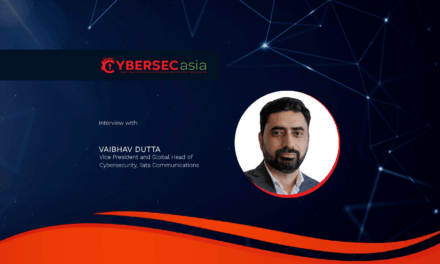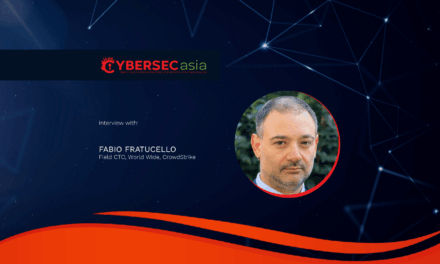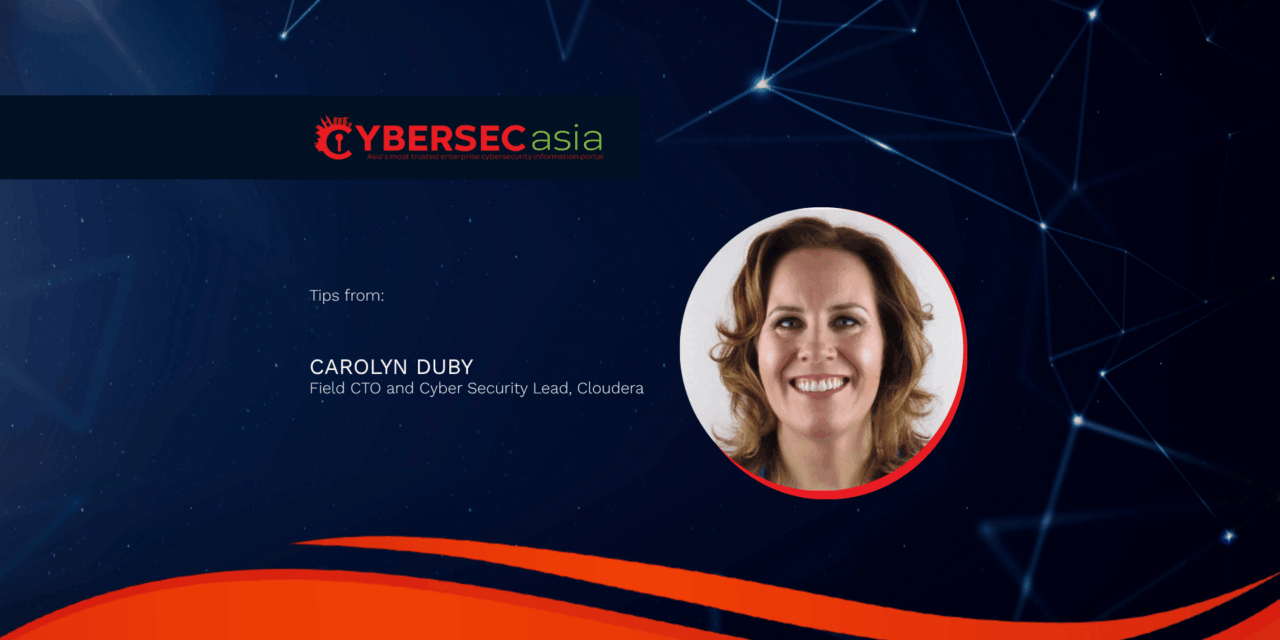Organizations need to reassess whether visibility and governance are used as their foundation for resilience.
As AI drives up both the volume and value of enterprise data, cybercriminals are matching pace with increasingly sophisticated attacks. At the same time, organizations operate across sprawling data environments, where each platform enforces its own security and governance models. This creates complexity, data silos, and inconsistent controls, making it harder than ever to pinpoint where sensitive data sits, who has access, and how it is being used.
This lack of visibility creates a perfect opening for attackers and a mounting liability for enterprises navigating stricter regulatory oversight. Strong data governance provides the antidote: consistent guardrails for access, accountability, and control across the entire lifecycle.
Visibility as the cornerstone of protection
You cannot defend what you cannot see. Cybersecurity begins with a clear line of sight into where data resides, who interacts with it, and under what circumstances. Yet storing data across multiple environments compounds this challenge. Security teams must manage multiple complex models simultaneously, often becoming “jack of all trades but master of none.” The result is blind spots, gaps in monitoring, and frustrated users who may try to bypass cumbersome policies, which might lead to data leaks.
According to a report by PwC titled ‘Digital Trust Insights 2024’, third-party breaches are among the top concerns for Asia Pacific organizations, with 25% citing them as a major cyber threat, alongside risks from software supply chains (26%) and zero-day exploits (14%). Growing reliance on cloud and managed service providers is expanding the attack surface in ways organizations cannot fully control. Bridging these blind spots requires coordinated transparency and governance to ensure that critical systems and partners remain protected.
Unified visibility enables organizations to detect anomalies, assess risk exposure, and prevent breaches before they occur. Governance frameworks that consolidate data across environments eliminate blind spots and give security teams a single, consolidated view of activity.
Embedding governance into the lifecycle
Governance cannot be treated as an afterthought. It has to be built into every stage of the data lifecycle, ensuring that protections are consistently applied wherever data travels.
Automation and AI make this possible at scale. This includes dynamically adjusting permissions, flagging unusual activity, and enforcing compliance in real time. Importantly, governance must be “secure by design,” embedding zero-trust principles that grant access only to authorized users, while minimizing overhead for end-users. When security is seamless, employees are less likely to bypass it, reducing the risk of accidental data leaks.
The stakes are especially high in the Financial Services Industry (FSI) given that money is on the line. Organizations need to strengthen fraud detection, sharpen anti-money laundering monitoring, and improve compliance outcomes.
At UOB for example, an enterprise-wide data platform built with Cloudera enabled analytics teams to develop new solutions based on artificial intelligence (AI) and machine learning (ML). One of the resulting machine learning solutions reduced false positives in suspected money laundering transactions by 40%, freeing analysts to focus on genuine risks while reinforcing regulatory trust.This demonstrates how governance, woven into the lifecycle, empowers organizations to innovate responsibly.
What’s at stake without governance
Cybersecurity is no longer just about stopping ransomware. Real resilience depends on how effectively data is managed and controlled. When data is inconsistent, siloed, or of poor quality, monitoring tools are left with dangerous blind spots that attackers can exploit. These gaps don’t just lead to breaches, but can also erode customer trust, damage reputation, and trigger costly churn.
By contrast, unified and well-governed data strengthens defenses, accelerates response and recovery, and builds resilience. Cloudera’s acquisition of Taikun, a multi-cloud management platform, reinforces this capability. Taikun automates infrastructure provisioning, enforces governance policies consistently, and streamlines security configurations. By abstracting the complexity of cloud security models, Taikun provides enterprises with a single point of control across multiple environments, reducing misconfigurations – a leading cause of breaches.
Ultimately, enterprises that make visibility and governance the backbone of their cybersecurity strategy will be best positioned to minimize risk, respond swiftly, and maintain trust. By embedding governance into the data lifecycle, simplifying multi-cloud management, and adopting zero-trust principles, organizations can move beyond defense – transforming cybersecurity into a driver of confidence, resilience, and innovation.


















